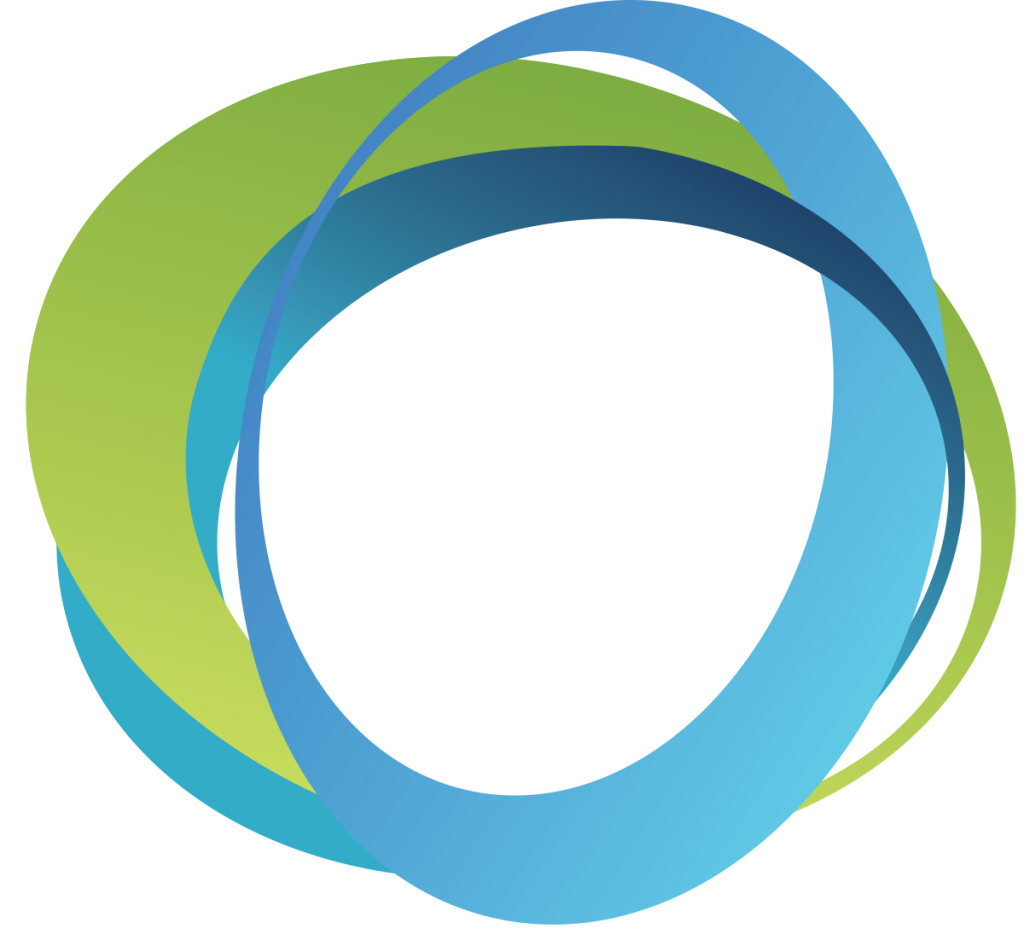Concussion Discussion
Over the years I have treated many people, children and adults who have experienced some kind of head injury, both with and without obvious symptoms of concussion. Sometimes patients will come to see a practitioner like myself, only months or even years after the initial injury and even though they have recovered from the immediate effect of the injury or accident, still symptoms can persist. This may be called ‘post concussion syndrome’, and in my experience can be anything from headaches to fogginess, dizziness, to general ill health and a feeling of ‘not being the same since’.
Recently, there has been a huge increase in the awareness of the high incidence of concussion particularly amongst, children and adolescents with as many as 85% of concussions going undiagnosed. There has also been much discussion in the press about the possible long-term effects of concussion and especially multiple concussions on the health of the brain. With this greater awareness schools, doctors, parents and teachers are now able to institute a coordinated team approach, tailored to the needs of each individual. The current mainstay of treatment is physical and cognitive rest, including rest from computer screens, especially in the early weeks. But also more commonly now, doctors and pediatricians are including craniosacral therapists and cranial osteopaths as part of the team approach to help alleviate symptoms and aid recovery.
Of course, most of the talk in the media has focused on the head injuries of high-powered sportsmen and women. But what about the children or teenagers who’ve had a sports injury, or the person who has fallen on the ice and hit their head, had something fall on their head, hit their head on something, or had some kind of jolt to the body? These are the types of instances that CST practitioners and cranial osteopaths can treat and see regularly in their practices.
Symptoms of Concussion can be mild to severe and range from headaches, dizziness, and nausea to visual and cognitive impairments, like loss of memory or double vision. Obviously, if you or your child has suffered a head injury or are suffering from the symptoms of concussion it is important to get checked by your doctor or emergency clinic first. Treatment to the head is contraindicated immediately after a head injury but after approximately 10 days have passed and it has been established that there are no bleeds in the brain, then it is safe to have CST, but its good to check with your physician first.
So how can CST help? Craniosacral therapy and cranial osteopathy has a role to play in recovery from concussion by gently removing any structural restrictions in the head and neck that are maintaining the injury and delaying healing of the concussion. The bones of the cranium and the membranes around the brain itself, all exhibit, in a normal healthy situation, a very small, but vital amount of motion, a bit like a very fine form of breathing. Through this motion, or the absence of it due to trauma, it is possible to detect which areas of the cranium have received some sort of impact and where the force vectors of that impact are still retained in the tissues. Sometimes a concussion can occur where there has been no actual impact to the head – from a hard fall onto the sacrum, for example. In either case, by using gentle pressure the CST practitioner is able to gradually release the restricted areas and restore the natural, gentle motion through the bones and the membranes of the head. This helps relieve pressure, restore good blood supply to and drainage from the brain, relieve symptoms of concussion and enable a speedier recovery. CST treatment will also involve treatment to the muscles and ligaments of the neck and spine and the effects of any possible whiplash which might be exacerbating the concussion. Sometimes, during a treatment I might also feel with my hands, the presence of shock in the tissues, which I can only describe as like a fine electrical vibration. Acknowledging and releasing this sense of shock in the body helps to calm the nervous system and is an important step on the road to recovery.
Recently I attended a course for osteopaths on Traumatic Brain Injury and its treatment at the New England College for Osteopathic Medicine. One of the MD presenters, an expert on concussion said: “ concussions are like snowflakes. They are all different and individual”. This means that there is no cookie-cutter approach to concussion, as each individual can have a unique array of symptoms and respond in a unique way. Correspondingly, CST looks at each individual’s unique response to whatever accident or injury they have experienced and treats accordingly.
This is also why I usually like to find out as much information as I can about the exact circumstances, including the direction, location and force or any impact, including details of any previous accidents.
Although craniosacral therapy (or cranial osteopathy) is not the whole answer and is not for everybody, in my experience it can often provide significant relief and be the missing link on the road to recovery.
Please feel free to call me with any questions about any of the above.
Also, below are some links to websites with useful information
http://www.cdc.gov/concussion/
http://www.brainhealtheducation.org/ Michael Lewis MD, has done some interesting work using Omega 3 in the treatment of concussion. His article is on this website.
